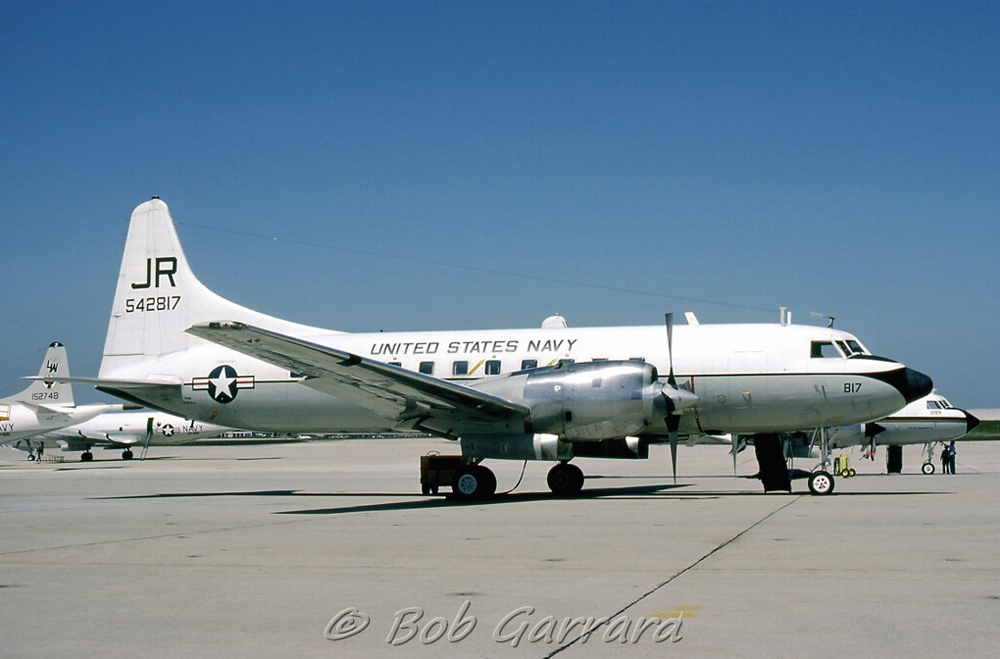Crash of a Rockwell Grand Commander 680T in Concord: 1 killed
Date & Time:
Dec 3, 1985
Registration:
N17690
Survivors:
No
MSN:
680-1577-31
YOM:
1966
Crew on board:
1
Crew fatalities:
Pax on board:
0
Pax fatalities:
Other fatalities:
Total fatalities:
1
Circumstances:
On 12/3/85 at approximately 0830, the aircraft was found lying inverted in a canal adjacent to the airport where it had been on 24 hour standby for medical flights. Twelve days later, the pilot's body was also found in the canal. An investigation revealed the aircraft had been taken sometime during a period when the tower was closed between 2200 pst on 12/2/85 and 0600 pst the next morning, without the knowledge or consent of the operator. Main gear tire marks were found in mud where the aircraft had continued off the departure end of the runway. Beyond the end of the runway, the aircraft hit a fence and a 5 feet dirt bank, then hit the ground after being airborne about 200 feet and came to rest in the canal. Sheriff's personnel contacted friends of the pilot, who had spent the evening with him. Base on information that they provided concerning the consumption of alcoholic beverages, the sheriff's personnel stated that the pilot would have been legally intoxicated. The overrun was presumed to have occurred during either a landing or a takeoff on 12/3/85.
Probable cause:
Occurrence #1: overrun
Phase of operation: unknown
Findings
1. (c) judgment - poor - pilot in command
2. (c) impairment (alcohol) - pilot in command
3. Stolen aircraft/unauthorized use
4. (f) light condition - dark night
5. (c) planning/decision - improper - pilot in command
----------
Occurrence #2: in flight collision with object
Phase of operation: unknown
Findings
6. (f) object - fence
----------
Occurrence #3: in flight collision with terrain/water
Phase of operation: unknown
Findings
7. (f) terrain condition - dirt bank/rising embankment
Phase of operation: unknown
Findings
1. (c) judgment - poor - pilot in command
2. (c) impairment (alcohol) - pilot in command
3. Stolen aircraft/unauthorized use
4. (f) light condition - dark night
5. (c) planning/decision - improper - pilot in command
----------
Occurrence #2: in flight collision with object
Phase of operation: unknown
Findings
6. (f) object - fence
----------
Occurrence #3: in flight collision with terrain/water
Phase of operation: unknown
Findings
7. (f) terrain condition - dirt bank/rising embankment
Final Report:





